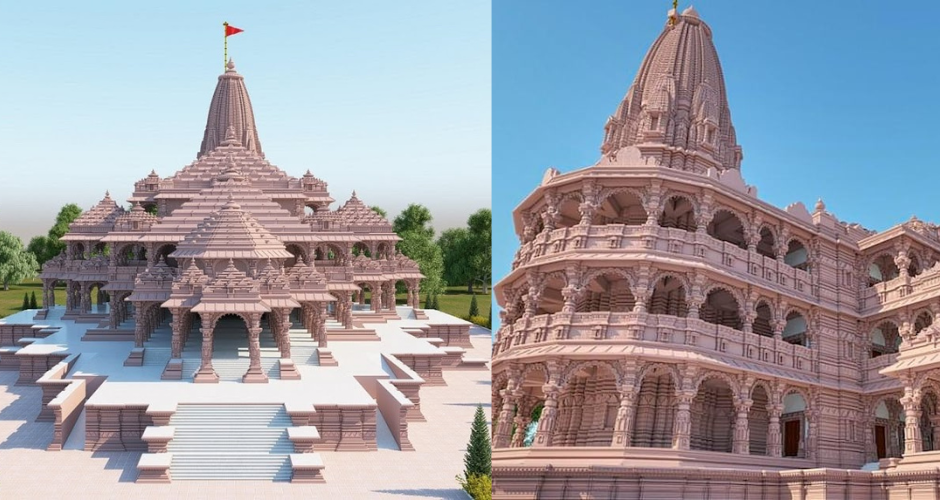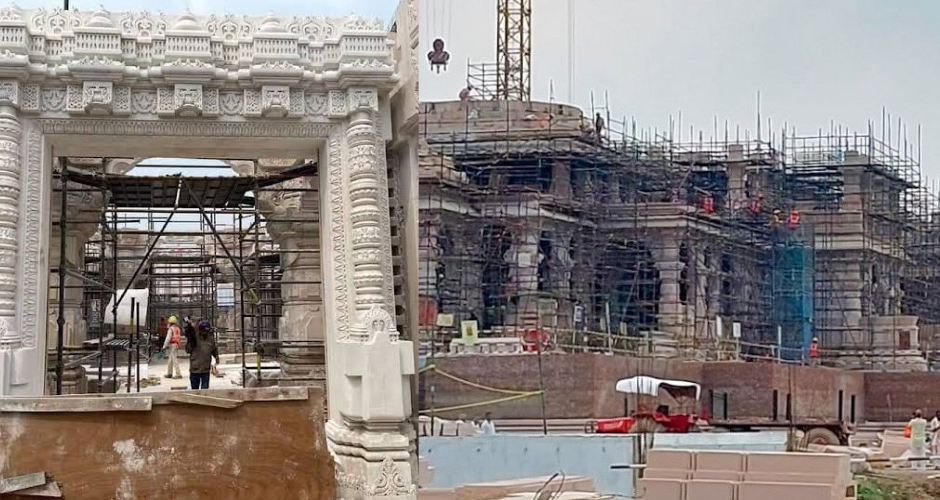Ram Mandir: A Symbol of Faith, History, and Cultural Identity

The Ram Mandir holds a hallowed place in the collective consciousness of millions, standing as an embodiment of faith, history, and cultural identity for people across India and beyond. The significance of this sacred site, rooted in mythology and history, has been a focal point of reverence and contention for centuries.
Historical and Mythological Roots
The Ram Janmabhoomi, believed to be the birthplace of Lord Ram, finds its origins deeply embedded in the Ramayana, an ancient Indian epic that narrates the life and exploits of Lord Rama. The city of Ayodhya, revered as his birthplace, became the locus of devotion and a pilgrimage site for millions of Hindus over millennia.
The Long Quest for Resolution
The history of the Ram Mandir site is intertwined with a protracted legal and socio-political dispute that spanned decades. The site had been a subject of contention, culminating in a landmark court judgment in 2019 that paved the way for the construction of a temple dedicated to Lord Ram.

The Monumental Construction
The construction of the Ram Mandir in Ayodhya symbolizes a significant milestone, marking the realization of a long-cherished dream for many devotees. The grandeur and architectural splendour of the temple stands as a testament to the devotion and reverence held for Lord Ram and the cultural heritage associated with the site.
Cultural and Spiritual Significance
For millions of Hindus, the Ram Mandir represents not just a place of worship but a symbol of their cultural and spiritual heritage. It embodies the principles of righteousness, devotion, and the triumph of good over evil, as depicted in the epic tale of the Ramayana.
Unity Amid Diversity
While the temple holds profound significance for the Hindu community, its construction also signifies a spirit of unity and reconciliation. It serves as a beacon of hope for fostering harmony and understanding among diverse religious communities, emphasizing the need for coexistence and mutual respect.

Impact on Society and Identity
The completion of the Ram Mandir construction marks a defining moment in India’s societal landscape. It signifies a reclamation of cultural identity and heritage, evoking emotions of reverence and pride among millions who view Lord Ram as a symbol of righteousness and ethical governance.
Legacy and Beyond
As the temple stands tall, its legacy transcends its physical structure. It serves as a reminder of the values espoused by Lord Ram, inspiring individuals to uphold principles of compassion, justice, and harmony. Moreover, it underscores the importance of preserving cultural heritage and respecting diverse beliefs in a pluralistic society.
Conclusion
The Ram Mandir, with its rich historical and religious significance, stands not just as an architectural marvel but as a testament to the enduring faith and cultural fabric of India. Its completion signifies a landmark moment in the nation’s history, rekindling the spirit of devotion, unity, and reverence for the values embodied by Lord Ram.